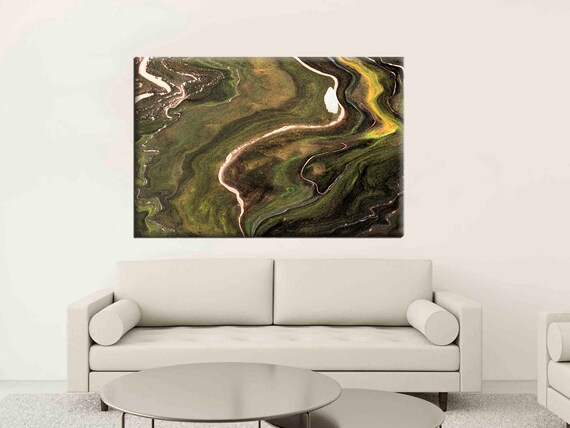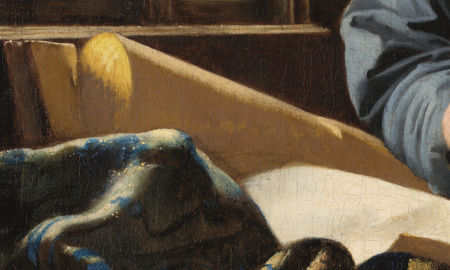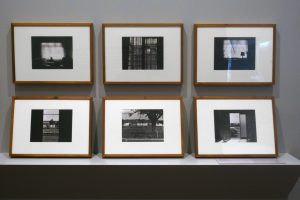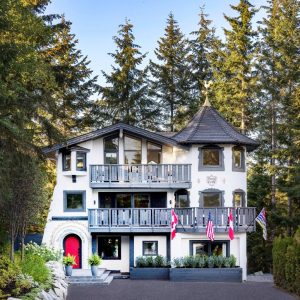Murals are a vibrant and impactful form of public art, but their longevity can be significantly affected by the climate. The right materials can help preserve the color, structure, and overall look of a mural over time. Understanding the interaction between materials and environmental conditions is crucial for any mural project.
II. Understanding Different Climates and Their Impact on Murals
Climate plays a pivotal role in the selection of mural materials. Different climates pose unique challenges, including UV exposure, moisture, temperature fluctuations, and more.
- Tropical Climates: High humidity and intense sun exposure.
- Arid Climates: Extreme heat and minimal rainfall.
- Temperate Climates: Moderate conditions but can vary significantly.
- Cold Climates: Harsh winters with snow and ice.
Each of these climates affects mural materials differently, influencing decisions about which materials to use.
III. Types of Mural Materials
Choosing the right material for a mural involves understanding the benefits and limitations of each option in various environmental conditions.
| Material | Pros | Cons |
|---|---|---|
| Paint | Versatile, vibrant colors | Can fade in sunlight |
| Tiles | Durable, low maintenance | Can crack in cold climates |
| Digital Prints | High detail, customizable | Susceptible to UV damage |
This table highlights the general characteristics of common mural materials, but specific products may offer enhanced features like UV resistance or extra durability.
IV. Best Materials for Hot and Humid Climates
In hot and humid climates, materials need to resist moisture and prevent fading. Acrylic paints with UV filters and anti-fungal properties are ideal as they provide longevity and vibrant color fidelity. Ceramic tiles are also excellent for their ability to withstand prolonged exposure to sunlight without fading.

V. Best Materials for Dry and Arid Climates
Materials used in arid climates should primarily resist UV radiation and be able to handle extreme temperatures. Enamel paints and glass tiles are beneficial in these environments due to their ability to reflect sunlight and resist heat without deteriorating.
VI. Best Materials for Cold and Wet Climates
In colder and wetter climates, choosing materials that can survive freeze-thaw cycles is crucial. Mosaic tiles made from stone or glass are effective as they do not absorb much water an click this d can resist cracking. Additionally, using sealants can help protect painted murals from moisture ingress and ice damage.
VII. Innovative Materials and Technologies
Advancements in materials science have introduced several innovative options that enhance the durability of murals:
- UV-resistant coatings: These can be applied over traditional materials to protect against sun damage.
- Eco-friendly options: Materials like recycled glass tiles offer an environmentally friendly choice without compromising on durability.
These innovations not only extend the life of murals but also support sustainable practices in public art.
VIII. Installation Tips for Different Climates
Proper installation is as crucial as the material choice. Here are some tips for installing murals in various climates:
- Hot and Humid: Ensure adequate sealing to prevent moisture penetration.
- Dry and Arid: Use materials that expand minimally in heat to avoid warping.
- Cold and Wet: Apply a waterproof barrier before installation to protect against moisture.
IX. Maintenance and Protection of Murals
Regular maintenance is essential to prolong the life of a mural. This includes:
- Cleaning: Gentle cleaning to remove dirt and pollutants.
- Inspection: Regular checks for any signs of wear or damage.
- Protective Measures: Application of sealants or protective coatings every few years.
X. Conclusion
Choosing the right materials for murals in different climates is a critical aspect of ensuring their longevity and aesthetic appeal. By considering the specific challenges posed by the climate and using suitable materials and installation techniques, artists and communities can enjoy vibrant murals for many years to come.

I am Nicholas Cremean, your guide and expert in the nuanced world of mural installations. With over a decade of experience in the mural industry, I specialize in bringing artistic visions to life on walls and surfaces of all types.




